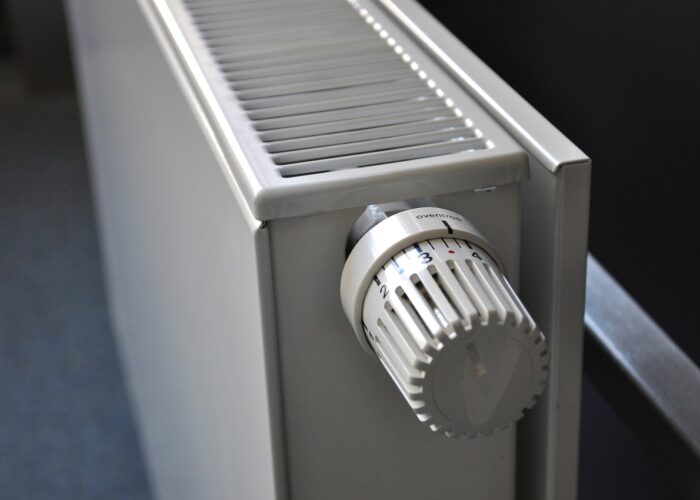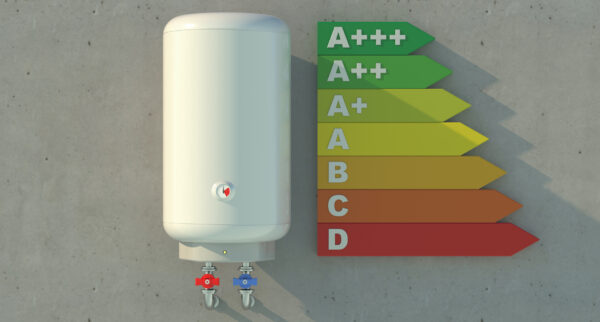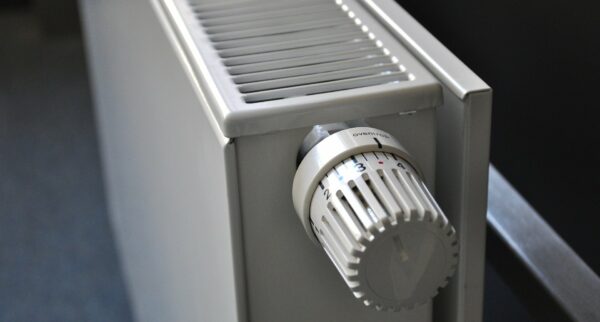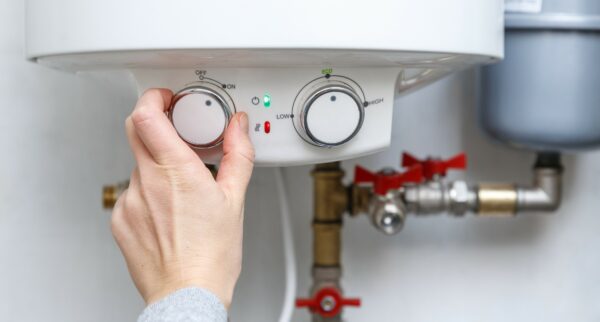Call us today 0207 32 32 999
As the cold weather sets in you expect and need to have your central heating working properly. This can be incredibly important with young children or elderly in the home. Discovering a radiator is not working properly can be quite daunting, but there are many different reasons for this scenario. It may be possible that some of the causes can be overcome by homeowners through a bit of self help.
Through a series of logical checks and this guide, you will be able to determine why your radiator is not working and in some cases rectify the problem.
Check the Other Radiators
The first, and very simple step, is to check the other radiators in your property. Identifying whether or not there is a single radiator cold or multiple radiators cold will lead you down the different routes to take. If it is a single radiator that is cold, then you can be confident the issue is isolated to that radiator only. Whether one radiator is not working or some radiators are not working, it’s important to identify the cause. Establishing there are multiple cold radiators points to problems with either your heating control, boiler, pipework or plumbing.
Multiple Cold Radiators
Finding out that some radiators are not working leads to some quick checks, first of all you should check your heating is actually on! It may sound very simple and obvious, but it is a common scenario. If you find your heating is set to ‘on’ but all of the radiators are cold, you should then look at what may be hindering the delivery of hot water. Please be aware, you should not undertake any investigative work you are not comfortable with and you should understand that it is a legal requirement under the Gas Safety (Installation and Use) Regulations 1998 to be a Gas Safe registered engineer to work on Gas systems.
Low Boiler Pressure
Combi boilers are a closed loop system, they are pressurised to between 1 and 2 bar. If your system is not pressurised correctly then the boiler will not deliver the required hot water to heat your home. You can visually check the pressure either on the front of the boiler or at the cylinder head (often found in airing cupboards). If you find the pressure is low, you can increase the water pressure by turning the top up valve to allow the required amount of water in, but be careful, you do not want to allow too much in and you must turn the valve off when finished.
Central Heating Controls
On rare occasions your boiler may be working correctly and the pressure is within limits, but the radiators still aren’t coming on. This may be a fault with the electronic control panel that controls your central heating timing and signalling to your boiler. You can check that the timing control is set right and select demand to ‘on’ to ascertain if that will heat your radiators. Other than those checks, it is strongly recommended you do not alter or attempt to investigate faults with the control panel, seek professional assistance.
Diverter Valve Fault
If your controls are working properly and the pressure is right, but there is still no flow, it may indicate a fault with a diverter valve. This is a motorised valve within the boiler which controls the flow of hot water to either your taps or your heating. It will prioritise hot water to flow to your taps, so if you switch your heating on then demand hot water from your tap, the valve will move to feed the tap first. If you are getting hot water to the taps but no hot water to your radiators, it may be a sign that your diverter valve is stuck. Rectifying this fault is a job for a professional Gas Safe registered engineer.
Single Cold Radiators
Establishing you have an isolated cold radiator leads you to some very quick checks. Some faults are straightforward remediation, however, others may require professional assistance.
Your first action is to establish if there is any heat at all within the radiator. If there is no heat whatsoever you first need to look at the thermostatic radiator valve.
Thermostatic Radiator Valve
It may very simply be a case that your thermostatic radiator control valve has been moved from a temperature setting to off. If there is a selection of a higher temperature, it is not uncommon for these valves to seize in a closed position. You can check for this and rectify the problem by carefully removing the top cover of the valve, these are typically secured by a knurled nut which can be undone by hand. Do not undo any other nuts on the valve or you will find yourself with water pouring out! Once the outer cover of the valve is removed, check the pin in the centre is free to move up and down by a few mm. If the pin does not move, it is seized, you can try gently tapping to release it. If this does not work you may need to replace the entire valve and professional advice should be sought.
Air Pockets in the Radiator
Discovering the valves are operating correctly and there is heat going to the radiator you may find heat at the bottom of the radiator but it is cold at the top. This is a classic sign you have air in the system. The air is taking the space of the hot water in the radiator, preventing circulation. This can be rectified by bleeding the radiator, using a radiator key unscrew the bleed screw until you hear the air start to hiss out, keep this going until water appears then tighten the bleed screw. Once you have removed the air, you should check the pressure in the boiler system to make sure it is still within the limits.
Blockages, Debris or Sludge
On rare occasions you may find you have heat on the top of the radiator whilst it is cold at the bottom. This is a sign you have a blockage, debris or most likely, sludge, accumulating in the radiator. The build up in the bottom of the radiator is preventing hot water circulating in that part. Seeking professional help to clear the blockage is the safest and most efficient way to resolve this problem.
If your central heating radiator is not working or some radiators are not working, and you’re not sure what to do next. Give us a call!





